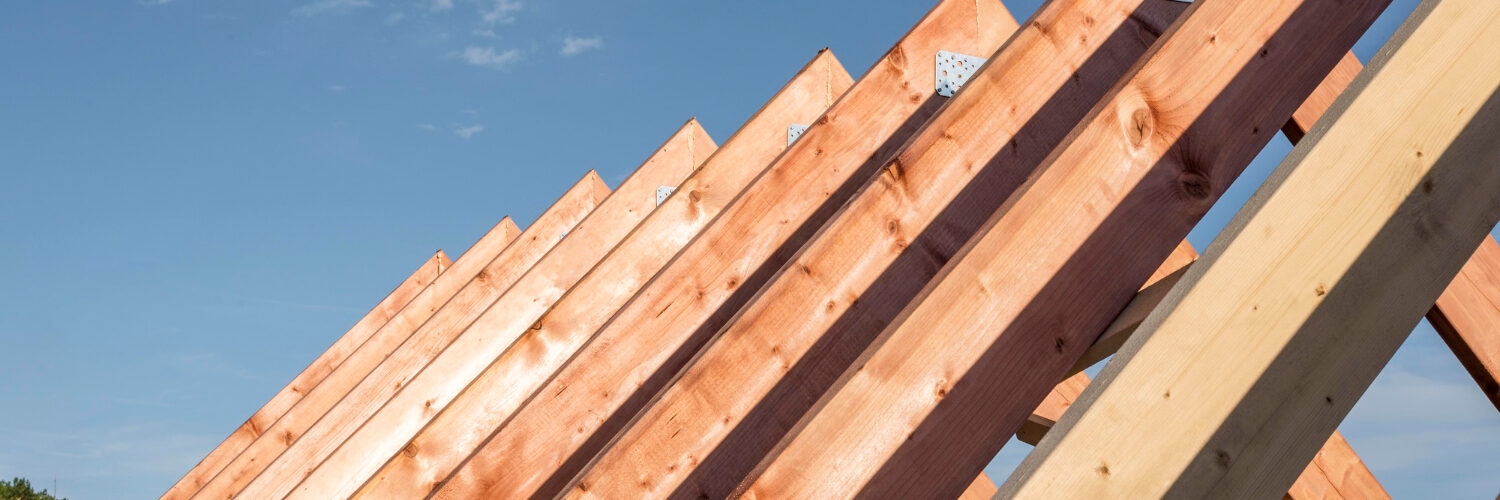When insulating your Westchester home, you’re faced with various options, each with advantages and considerations. One such option is blow-in cellulose insulation Westchester, a popular choice for homeowners looking to improve energy efficiency and comfort. But is blow-in cellulose insulation the right fit for your Westchester home? To help you make an informed decision, let’s delve into the factors to consider, including climate, existing insulation, and budget.
Understanding Blow-In Cellulose Insulation
Before we dive into the decision-making process, let’s take a moment to understand what blow-in cellulose insulation is. Blow-in cellulose insulation consists of recycled paper products treated with fire-retardant chemicals. This insulation material is known for its thermal performance, eco-friendliness, and sound-dampening capabilities. A blowing machine usually handles the installation, which ensures uniform and efficient coverage in attics, walls, and other places.
Now, let’s explore whether blow-in cellulose insulation is the right choice for your Westchester home.
1. Climate Considerations
Westchester County, New York, experiences a varied climate throughout the year, with cold winters and warm summers. Proper insulation is crucial to maintain a comfortable indoor environment and optimize energy efficiency.
Pros for Westchester’s Climate:
High Thermal Resistance: Blow-in cellulose insulation boasts a high R-value, which measures its thermal resistance. This high thermal resistance is advantageous for blow-in cellulose insulation in Westchester’s climate, where winters can be harsh and temperatures drop significantly. It helps keep your home warm in the winter and cool in the summer, reducing energy consumption.
Sound Dampening: Westchester is densely populated, and noise can concern homeowners. Blow-in cellulose insulation reduces sound transmission, providing acoustic comfort in your home.
Cons for Westchester’s Climate:
Moisture Sensitivity: Even though blow-in cellulose insulation is relatively moisture-resistant, Westchester’s climate can sometimes be humid. If your home has a history of moisture issues, additional precautions may be necessary to protect the insulation.
Initial Cost: The initial cost of blow-in cellulose insulation can be higher than other insulation types. However, it’s essential to consider the long-term benefits and energy savings when evaluating your budget.
2. Existing Insulation
The condition and type of your existing insulation play a significant role in determining whether blow-in cellulose insulation is the right choice.
Pros for Existing Homes:
Complementary Insulation: Blow-in cellulose insulation can complement existing insulation materials, such as fiberglass or foam board. You can use it alongside or with your current insulation to enhance its thermal performance.
Retrofitting: If your home has older or inadequate insulation, blow-in cellulose insulation can be an effective solution for retrofitting. It fills gaps and voids, improving overall insulation performance, and is a valuable option for those with existing insulation in Westchester homes.
Cons for Existing Homes:
Removal of Old Insulation: In some cases, to achieve optimal results for blow-in cellulose insulation projects, removing old or damaged insulation may be necessary before installing blow-in cellulose. That can add to the overall project cost.
3. Budget Constraints
Budget considerations are crucial when deciding on any home improvement project, including insulation for Westchester homes.
Pros for Budget-Conscious Homeowners:
Energy Savings: While the initial cost of blow-in cellulose insulation may be higher than some alternatives, its energy-saving benefits can lead to long-term cost reductions. Lower energy bills can offset the initial investment.
Added Home Value: Investing in high-quality insulation can increase the value of your home, which may be advantageous if you plan to sell your Westchester property in the future, making it a wise choice for blow-in cellulose insulation installations.
Cons for Budget-Conscious Homeowners:
Initial Investment: If your budget is tight, the upfront cost of blow-in cellulose insulation may pose a challenge. However, it’s essential to consider the return on investment in terms of energy savings and increased comfort for blow-in cellulose insulation projects.
Making the Decision
To determine if blow-in cellulose insulation is suitable for your Westchester home, consider the following steps:
Assess Your Home: Evaluate your home’s insulation needs, including areas that require insulation and existing insulation conditions.
Climate Considerations: Consider Westchester’s climate and how blow-in cellulose insulation can address temperature fluctuations and sound concerns.
Budget Planning: Create a budget that includes the cost of insulation materials, installation, and any additional work, such as removing old insulation.
Consultation: Contact a professional insulation contractor. They can assess your situation and provide expert guidance tailored to your home’s needs, including those related to blow-in cellulose insulation Westchester.
Conclusion
In summary, blow-in cellulose insulation can be an excellent choice for many homeowners, offering superior thermal performance and sound-dampening capabilities, especially for blow-in cellulose insulation Westchester projects. However, it’s essential to consider factors such as climate, existing insulation, and budget constraints.
Consulting with a knowledgeable insulation contractor, like those at Nuway Insulation, can provide the expertise needed to determine if blow-in cellulose insulation is the right fit for your Westchester home.





